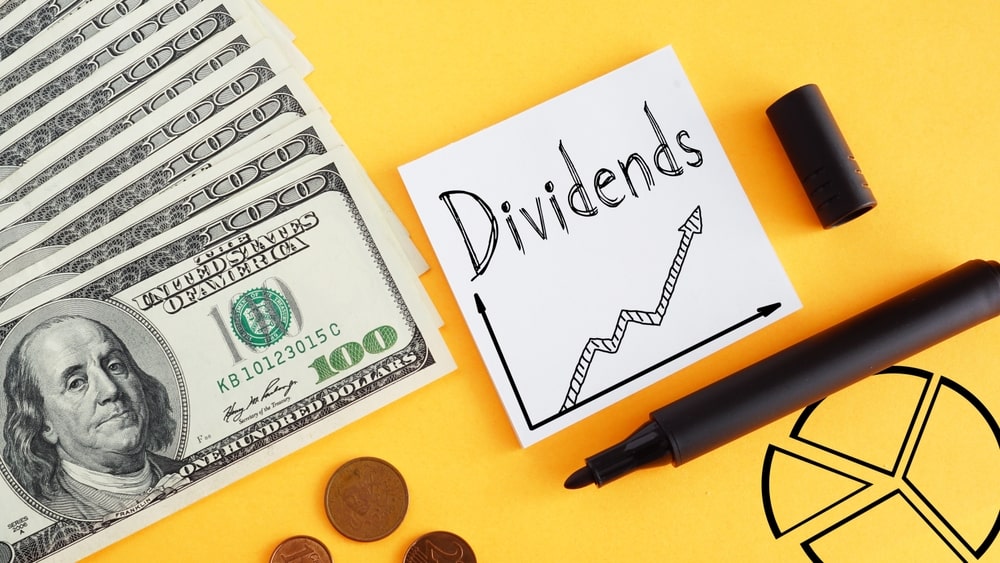In the realm of investment strategies, high-dividend yield ETFs have garnered significant attention from both seasoned investors and newcomers alike. These financial instruments are designed to provide a steady stream of income through the distribution of dividends from a diversified portfolio of dividend-paying stocks.
However, with the myriad of options available in the market, investors are often left wondering which high-dividend yield ETFs truly deliver on their promise of attractive returns. In this article, we will explore three of the best high-dividend yield ETFs currently on the market and evaluate their performance to determine if they live up to their reputation.
Introduction to High-Dividend Yield ETFs

Welcome to the world of high-dividend yield ETFs, where investors can potentially earn attractive returns through a diversified portfolio of dividend-paying stocks. High-dividend yield ETFs have gained popularity among income-seeking investors looking to generate consistent cash flow and build a passive income stream.
These exchange-traded funds offer exposure to a range of companies that have a history of paying high dividends, making them a popular choice for those seeking reliable income in their investment portfolio. In this article, we will dive into the world of high-dividend yield ETFs and individual best dividend stocks and explore three of the best options currently available in the market.
Performance Analysis: Do High-Dividend Yield ETFs Deliver as Promised?

Performance analysis of high-dividend yield ETFs has been a hot topic in the investment world, with many investors looking to these funds for consistent returns. The question on everyone’s mind is: do these high-dividend yield ETFs actually deliver as promised? Well, the answer may not be as straightforward as some would hope.
While these ETFs can potentially provide attractive returns through dividends, there are other factors at play that can impact overall performance. Factors such as market volatility, interest rate fluctuations, and economic conditions all play a role in the performance of these funds.
Its important for investors to carefully analyze these factors and consider their own investment goals before diving into high-dividend yield ETFs. By understanding the potential risks and rewards, investors can make more informed decisions about whether these funds are the right fit for their portfolio.
Factors to Consider When Investing in High-Dividend Yield ETFs

When considering investing in high-dividend yield ETFs, there are several factors to keep in mind to ensure a successful investment. First and foremost, it is crucial to research the historical performance of the ETF, paying close attention to its dividend payout history and consistency.
Additionally, take into account the expense ratio of the ETF, as lower expenses can lead to higher overall returns. Diversification is also key when investing in ETFs, as spreading your investments across a variety of sectors and industries can help mitigate risk.
Finally, consider the overall market conditions and economic outlook when deciding on a high-dividend yield ETF, as these factors can impact the performance of your investment over time. By carefully evaluating these factors, investors can make informed decisions to potentially benefit from high-dividend yield ETFs.
Conclusion
In conclusion, high-dividend yield ETFs can be a lucrative option for investors seeking steady income and potential growth. While the three best high-dividend yield ETFs discussed in this article have shown promising returns, it is important for investors to carefully evaluate their investment goals and risk tolerance before making any decisions.
By diversifying their portfolios with a combination of high-dividend yield ETFs and individual best dividend stocks, investors can potentially achieve a balanced approach to income generation and capital appreciation. Ultimately, thorough research and monitoring of market trends are key to determining whether these ETFs can deliver on their promises of high dividends and long-term growth.




